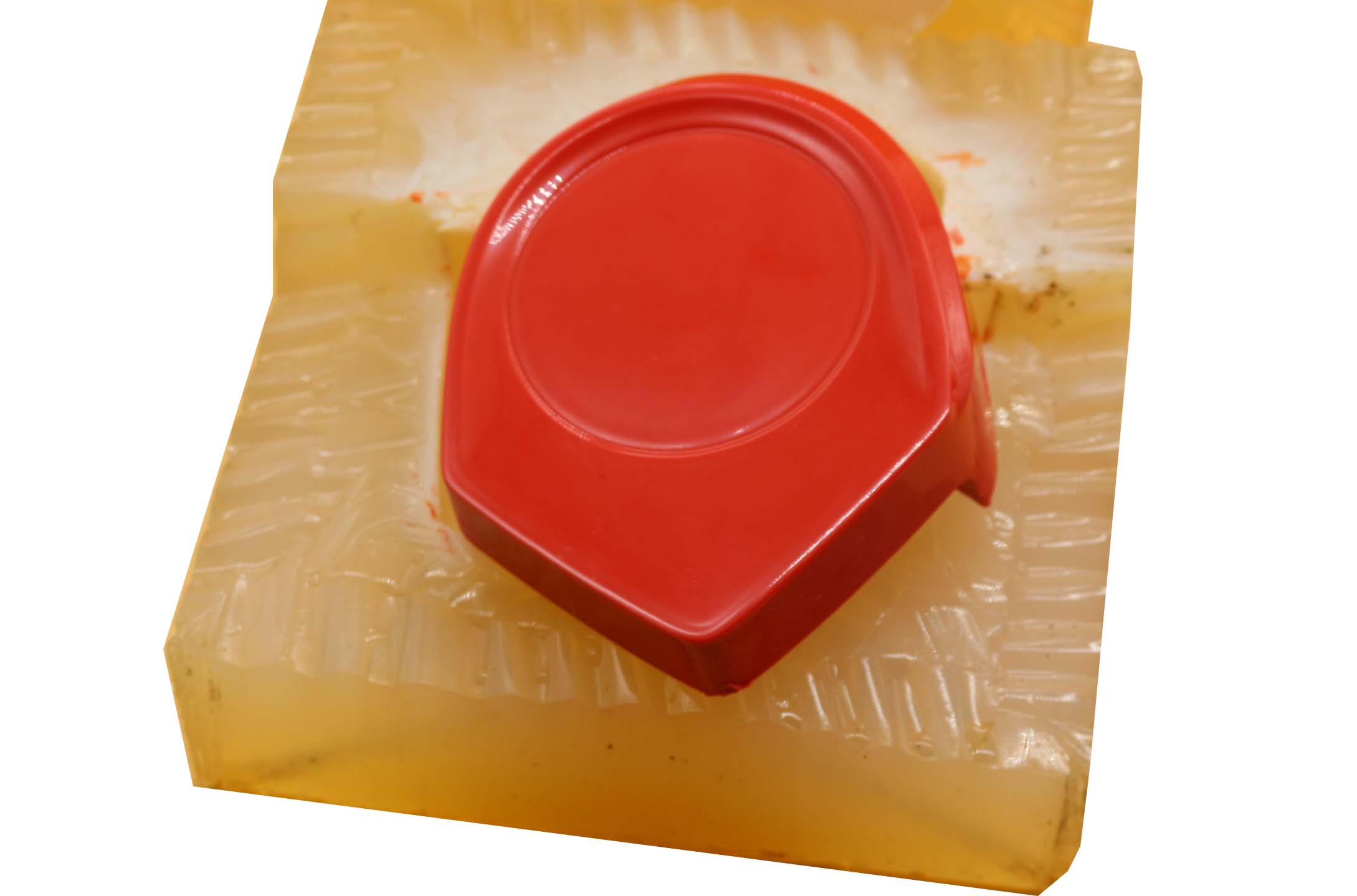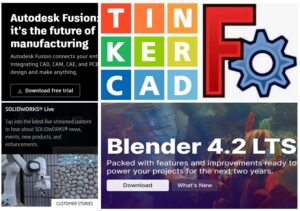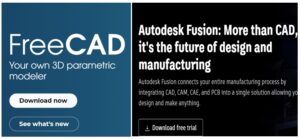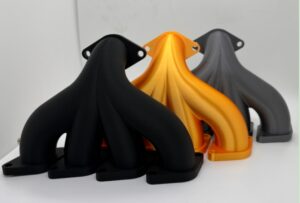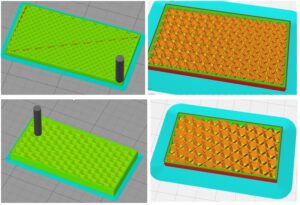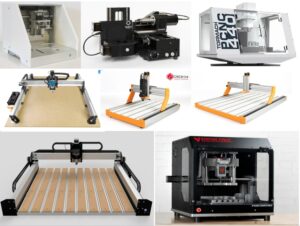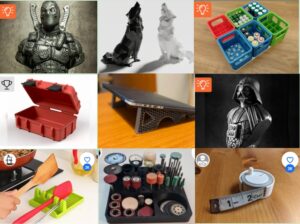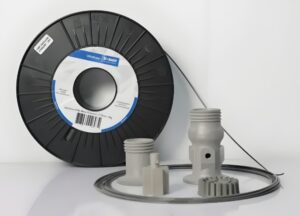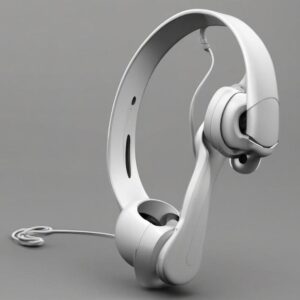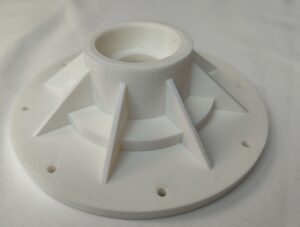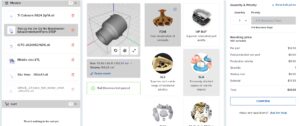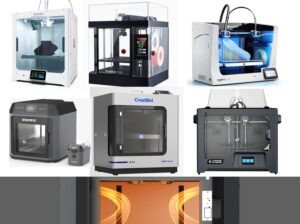What is Vacuum Casting?
Vacuum casting vs 3D Printing Vs Injection Molding vs injection Molding
This article aims to help users understand the process and advantages of vacuum casting, then choose more suitable materials when developing new products. As usual, the article is divided into the following sections.
Table of contents
- What is vacuum casting?
- How does vacuum casting work?
- Vaccum Casting cost, Materials, Geometric complexity, accuracy, roughness
- Vacuum casting vs CNC Machining vs 3D Printing Vs Injection Molding
- Key factors you should know when selecting Vaccum Casting
Vaccum Casting Simplify explained
Vacuum casting service is a copying technique used for the production of small series of functional & high-quality end-use plastic parts. It is a casting process for plastics using a vacuum to draw the liquid material into the mold, then put it into an oven for getting the final solid parts.
How vacuum casting works?
Vacuum casting is a copying technique used for the production of small series of functional & high-quality end-use plastic parts. It is a casting process for plastics using a vacuum to draw the liquid material into the mold, then put it into an oven for getting the final solid parts.
vacuum casting materials
Vacuum casting service is mainly used for producing plastics, the materials including ABS, PC, PP, NYLON, and TPU/PU/Rubber.
Please click HERE to view the technical data-sheet of these materials.
vacuum casting Cost,Geometric complexity,accuracy,roughness
Complexity
Vacuum casting service has advantages in creating parts with high geometric complexity. Its is not sensitive to the complexity of the structure, Allow designers to have unlimited spatial imagination.
Complexity, From high to low
3D Printing > Vacuum casting > CNC Machining > =Injection Molding
Accuracy
ABS, PC, PP, NYLON with a tolerance of +/-0.1mm
TPU/PU/RUBBER with a tolerance of +/-0.3mm
Roughness or Smoothness
From high to low
Injection Molding >= Vacuum casting > CNC Machining > 3D Printing
Cost
Let’s take the part below/image an example,
Material: ABS
Quantity: 20 pieces
Cost from cheap to expensive
3D Printing (USD8/piece)<Vacuum Casting(USD26/piece) < CNC Machining(USD40/piece)
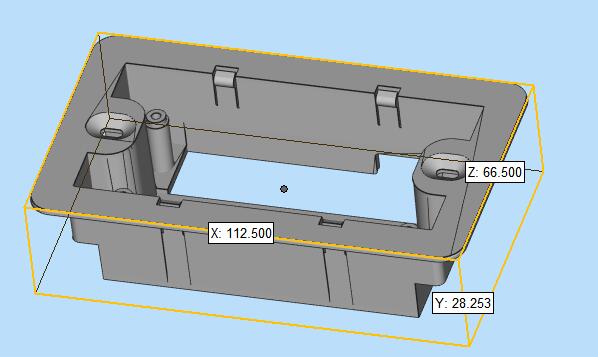
Vacuum Casting Vs CNC Machining vs 3D Printing Vs Injection Molding
When we talk about vacuum casting, we usually compare it with injection molding. So, let’s distinguish the difference between them first.
Vacuum Casting Vs Injection Molding
Let’s take the mobile phone case as an example, the mold of the vacuum casting service is only tens of dollars, while injection molding costs thousands of dollars. On the other hand, the production fee of vacuum casting service is tens of dollars per unit, while injection molding only costs 1 or 2 dollars.
In brief, vacuum casting service has a lower front-end cost and a higher unit price, while injection molding requires a higher front-end cost, but the unit price is significantly lower。
Vacuum Casting Vs 3D Printing
Compared with 3D Printing(3DP), what’s the advantage of vacuum casting? Base on the same material, vacuum casting service has higher smoothness, durable, and accuracy, and it has not limitation to the color as well.
Vacuum Casting Vs CNC Machining
It is difficult to say which one is better, but if we consider the complexity of the prototype, production efficiency, and cost, vacuum casting will have more advantages. While the CNC has more material options, the material performance is better.
Being able to make soft materials quickly is one of the biggest advantages of vacuum casting. It supports materials from Shore 30A to Shore 95A, from Shore 10D to Shore 90D, in any customized Pantone No.
In conclusion, vacuum casting service is not in conflict with and can’t replace other technologies, Instead, it is a supplement way, providing more flexible solutions for manufacturing.
Key factors when selecting vacuum casting
3D Printing(3DP), CNC Machining(CNC), Vacuum Casting( VC), Injection Molding(IM)
High Geometric structure: 3DP & VC are betterDimensional accuracy: CNC & VC are better
Mechanical properties in all 3 dimensions: CNC & VC are better.
Lead time: CNC with 6-8 days, VC with 6-8 days, IM with 35 days, 3DP as fast as one day,
Cost: Complex geometry or lightweight parts, 3DP and VC have more advantages.
Quantity: 3DP, CNC, and VC are suitable for low-volume parts, IM is more suitable for large volume parts.

